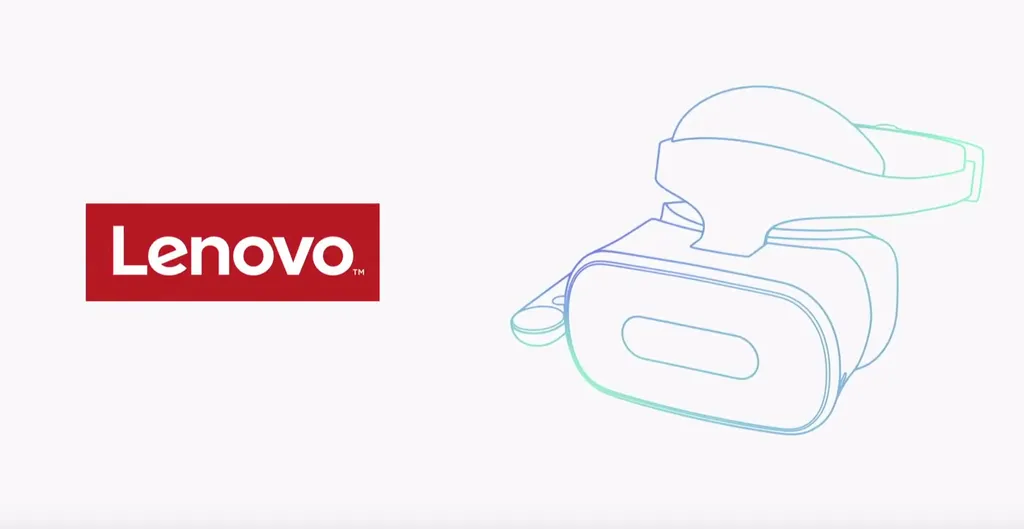We’ve just confirmed with Google’s Clay Bavor that its upcoming standalone headsets from HTC and Lenovo will use the Daydream controller with three degrees of freedom (3DOF) .
The HTC Vive, Oculus Rift and upcoming headsets from Microsoft have controllers offering full six degrees of freedom (6DOF). This means you can move your hands in any direction and that movement will be reflected in the virtual world. Daydream, however, offers three degrees of freedom so it doesn’t allow for full freedom of movement — a feature that seems like it may extend to these forthcoming self-contained Google-powered headsets which neither rely on a phone or a PC to operate.
Intel showed us a demo at CES earlier this year of its Alloy project that offered this trade off. It was a headset that allowed you to move your head around freely in VR but it was paired with a controller that couldn’t replicate a simple reaching motion. The effect was jarring — forcing the person in VR to move their body forward to grab objects rather than reaching out. That said, the Daydream controller features a touchpad that can offer some depth effect by running your finger backward or forward along its surface.
We hope we can go hands-on with these headsets and the controller to get a good feel for how it works with software tailored for this trade-off.


























